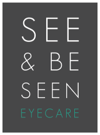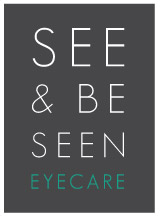Find Comfort in Contacts
Contact lenses are an opportunity to go through your day with clear vision without having to wear glasses. Unfortunately, many people don’t think they can wear contact lenses, either because they find them uncomfortable or because they’ve been told their eyes are too hard to fit.
However, contact lenses may still be an option for you. It’s all a matter of finding the right type of lenses. At See & Be Seen Eyecare, we’re excited to offer specialty lenses to provide our patients with a more comfortable fit.
Ortho-K Lenses
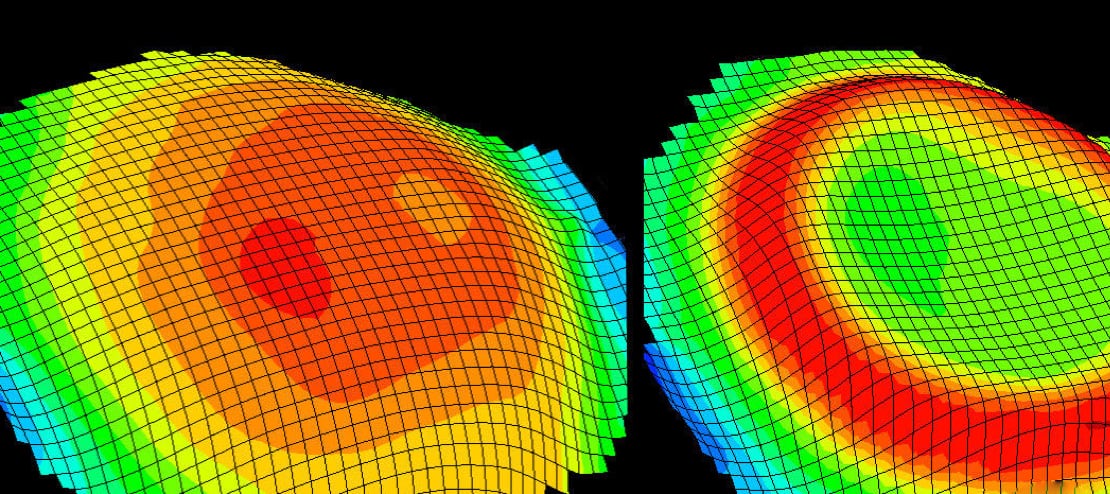
Orthokeratology (ortho-K) is the use of specially designed gas permeable contact lenses to gently reshape the cornea overnight. This allows you to see clearly the next day, ideally without glasses or contact lenses.
Ortho-K lenses are usually prescribed for 2 main reasons:
- To correct a refractive error, such as myopia (nearsightedness) & hyperopia (farsightedness)
- To slow the progression of myopia in children
These lenses change the shape of your cornea by using the tears under the lens. The lenses work to flatten the center and steepen the edge to correct nearsightedness or raise the center and round out the edge for farsightedness.
Ortho-K is usually used to temporarily correct myopia, but can be used to correct lesser degrees of hyperopia and astigmatisms. The severity of the refractive error can impact your candidacy for ortho-K lenses. Your optometrist can provide specific guidance and treatment options based on your unique needs.
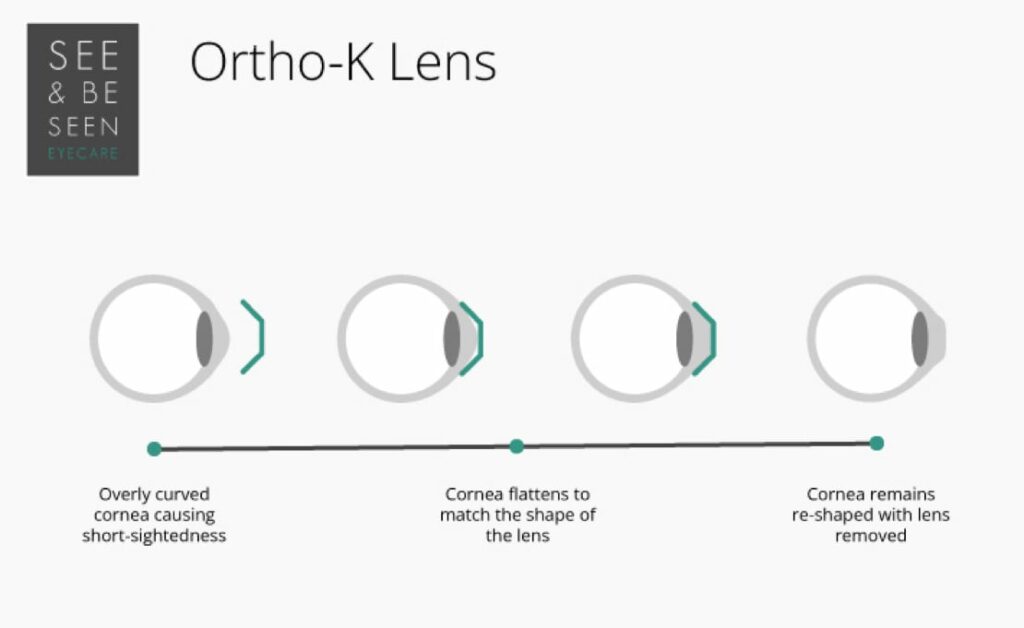
Scleral Lenses
Scleral lenses differ from regular contacts in how they cover the eye. A regular lens will cover the surface of the cornea, whereas a scleral lens extends past the edge of the cornea. This extra coverage helps with comfort and can help control certain eye conditions.
Scleral lenses are gas permeable contacts that are specially designed to cover your sclera (the white of your eye) to help the eye compensate for an irregular cornea. The space between the lens and the cornea acts as a reservoir to provide comfort for people who struggle with severely dry eyes.
These lenses are a great option for people who aren’t able to wear regular contact lenses. If you have dry eye or a corneal irregularity, scleral lenses may be a good fit for you.
There are many different types of scleral lenses depending on the size of your eye, the shape of your cornea, and your vision needs. Your optometrist can discuss the different options with you and provide guidance on the best fit for your eyes.
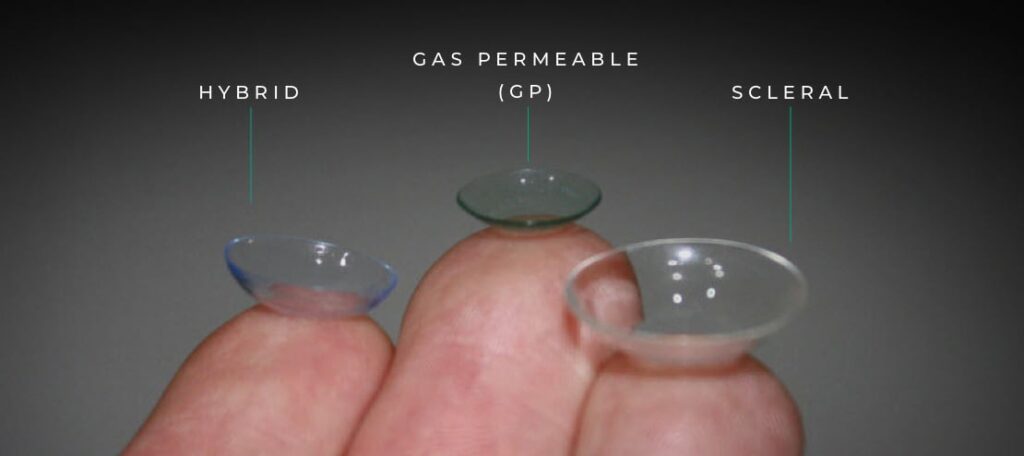
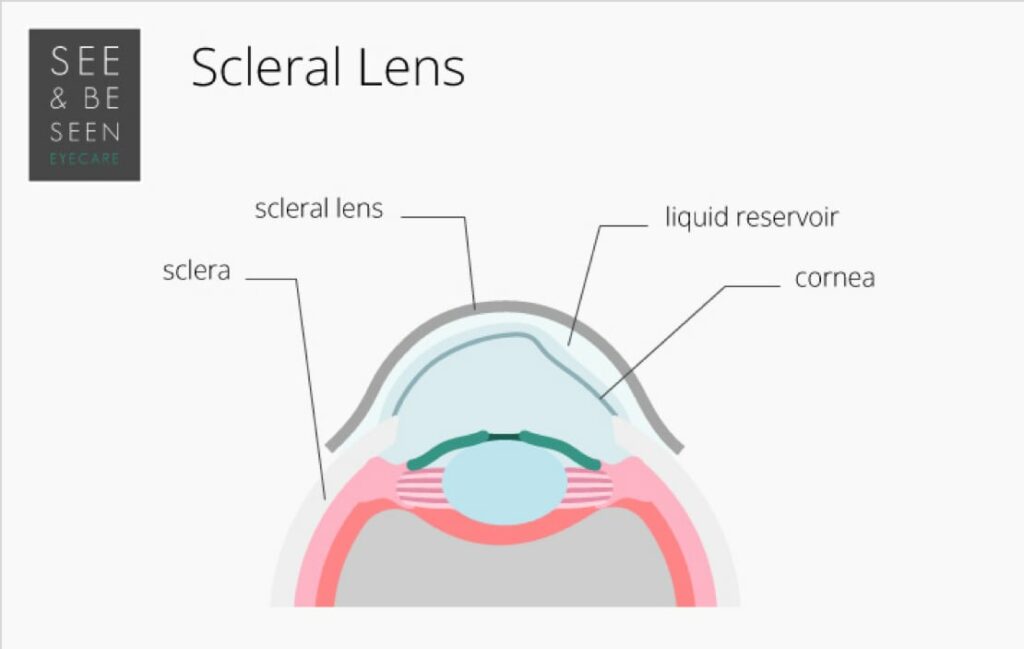
Benefits to Scleral Lenses
Alleviate Dry Eye Symptoms
If you’ve worn regular contacts in the past, you may have experienced dry eye symptoms while wearing your lenses. Scleral lenses are a great solution to this problem.
Scleral lenses don’t touch the surface of the cornea directly. This allows moisture to stay on the eye, keeping it hydrated throughout the day.
Correct Astigmatism
Just like myopia, astigmatism is a form of refractive error. This error impacts a patient’s vision and cannot always be controlled with a regular contact lens because they rotate.
Scleral lenses are great for astigmatism because they’re stable and won’t rotate.
Improve Keratoconus
If a cornea begins to thin and bulge outwards in the centre, it’s called keratoconus. Because scleral lenses don’t touch the cornea, they’re perfect for correcting corneal abnormalities like keratoconus. The curve of the lens acts like a typical cornea would, focusing the light to a single point on the retina.
OUR LOCATIONS
See & Be Seen
Eyecare downtown
- 647-492-3182
- 416-516-2021
- [email protected]
- #136 – 171 East Liberty Street
- Toronto, ON M6K 3P6
Hours of Operation
- Monday: 10:00 AM – 5:00 PM
- Tuesday: 10:00 AM – 5:00 PM
- Wednesday: 10:00 AM – 5:00 PM
- Thursday: 11:00 AM – 6:30 PM
- Friday: 10:00 AM – 5:00 PM
- Saturday: 10:00 AM – 5:00 PM
- Sunday: Closed
See & Be Seen
Eyecare Midtown
(yonge & eglinton)
- 647-492-0578
- 416-483-6711
- [email protected]
- 2594 Yonge St (previously 2611 Yonge Street)
- Toronto, ON M4P 2J4
Hours of Operation
- Monday: Closed
- Tuesday: 10:00 AM – 5:00 PM
- Wednesday: 10:00 AM – 5:00 PM
- Thursday: 10:00 AM – 5:00 PM
- Friday: 10:00 AM – 5:00 PM
- Saturday: 10:00 AM – 5:00 PM
- Sunday: Closed
Check us out on Instagram
OUR BLOG
Is Glaucoma Hereditary?
Eye HealthIs glaucoma something you can inherit from your parents? The short answer is yes, but it’s not as simple as just one gene being passed down from parent to child. Glaucoma is a complex eye disease affected by both genetic and environmental factors. Regular eye exams are crucial for early detection and management. What Is […]
Myopia vs Hyperopia: What’s the Difference?
Children’s Eye CareUncategorizedWhen it comes to our vision, there are a lot of issues that can alter our clarity of sight. Myopia and hyperopia are 2 distinct types of refractive errors—meaning your eye can’t focus on light properly, leading to blurry vision—that can significantly impact our daily lives and our children’s lives. Myopia, or nearsightedness, occurs when […]
Eye Drops That Are Safe for Kids
Children’s Eye CareEye HealthAs parents, you always want to preserve the health and safety of your children, especially when it comes to their eyes. Eye drops are common remedies for various eye conditions like redness, itchiness, and dryness. However, it’s normal to have concerns about the safety and effectiveness of eye drops for children. Eye drops are generally […]
Is Glaucoma Hereditary?
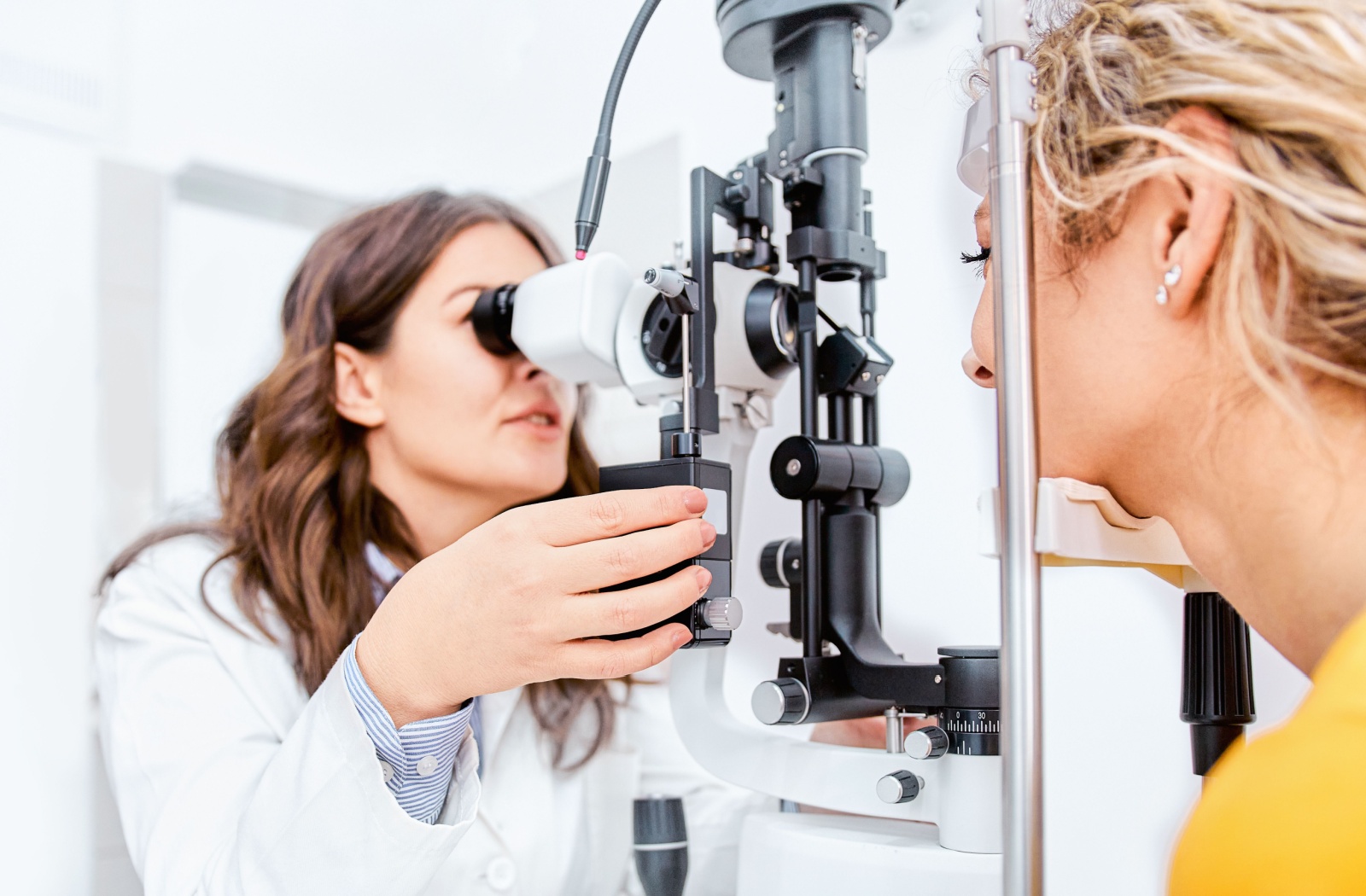
Is glaucoma something you can inherit from your parents? The short answer is yes, but it’s not as simple as just one gene being passed down from parent to child. Glaucoma is a complex eye disease affected by both genetic and environmental factors. Regular eye exams are crucial for early detection and management. What Is […]
Myopia vs Hyperopia: What’s the Difference?
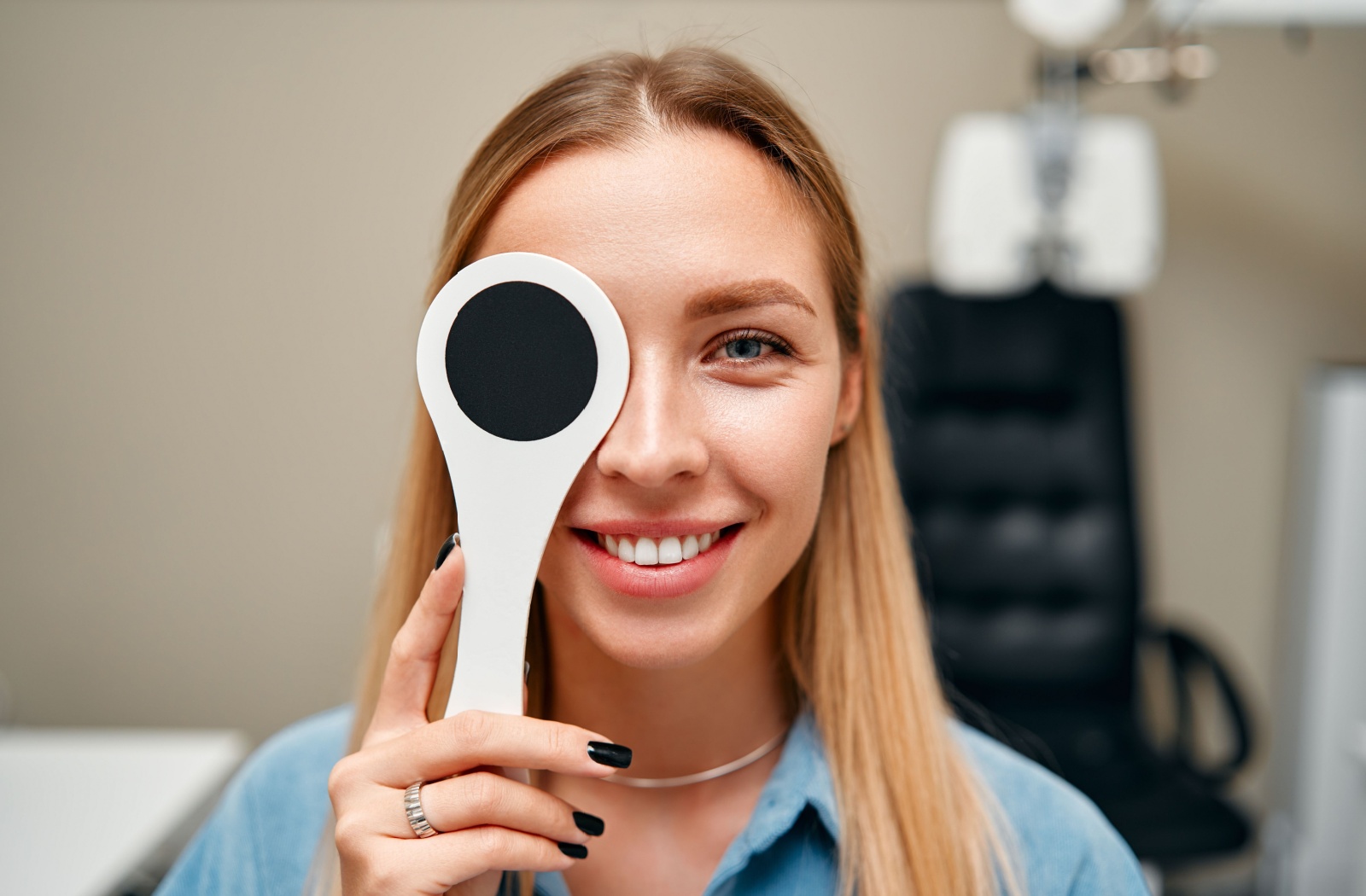
When it comes to our vision, there are a lot of issues that can alter our clarity of sight. Myopia and hyperopia are 2 distinct types of refractive errors—meaning your eye can’t focus on light properly, leading to blurry vision—that can significantly impact our daily lives and our children’s lives. Myopia, or nearsightedness, occurs when […]
Eye Drops That Are Safe for Kids
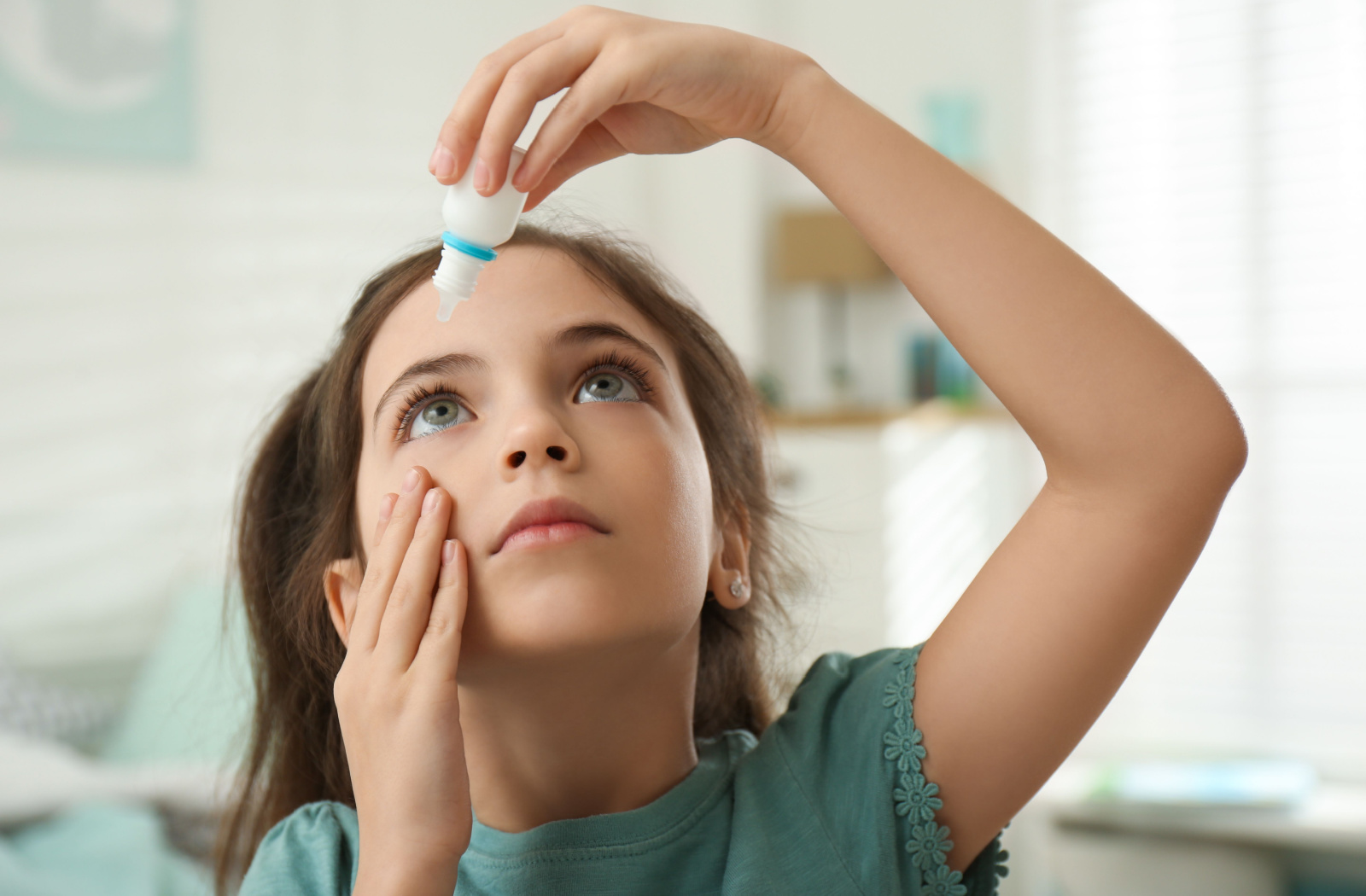
As parents, you always want to preserve the health and safety of your children, especially when it comes to their eyes. Eye drops are common remedies for various eye conditions like redness, itchiness, and dryness. However, it’s normal to have concerns about the safety and effectiveness of eye drops for children. Eye drops are generally […]

WE DIRECT BILL




